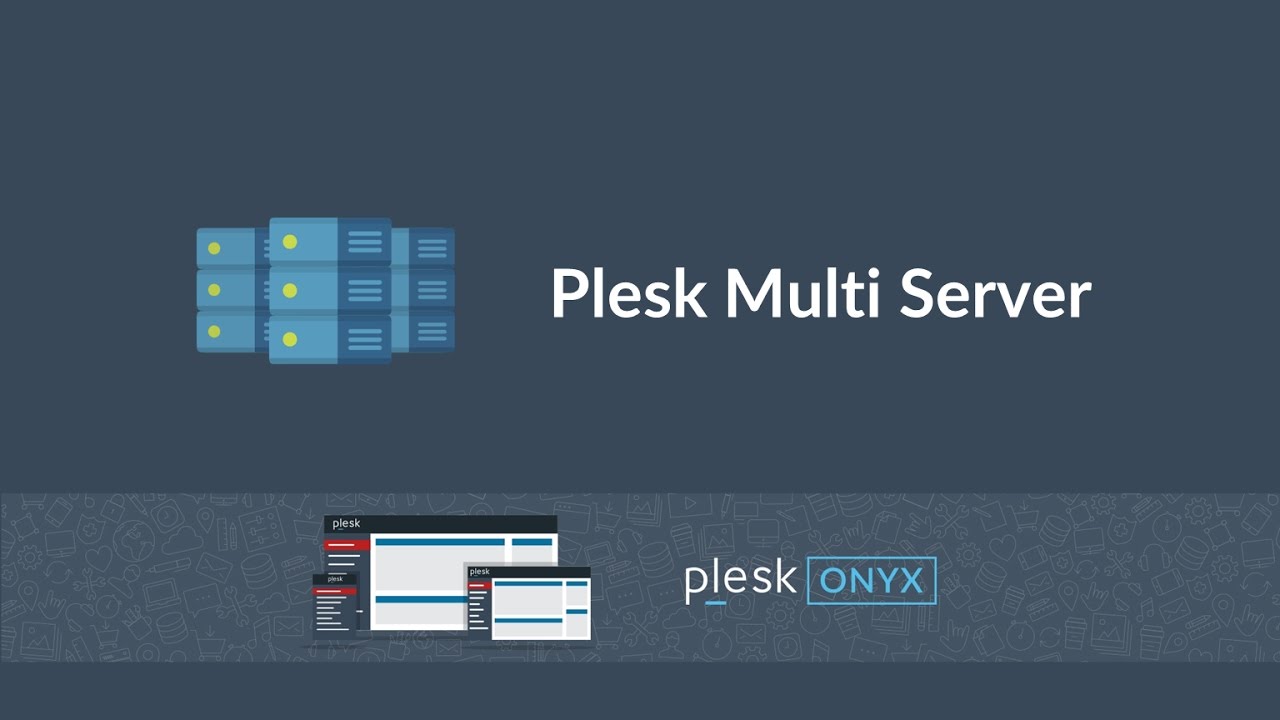Need help to install Plesk Multi Server? We can help you.
Consider a scenario where we have multiple Plesk servers and we want to create an account in any of them. To manually login to each of the servers will be time-consuming.
However, with the Plesk Multi Server extension, we can manage multiple Plesk servers from a single interface.
As part of our Server Administration Services, we assist our customers with the installation of Plesk Multi Server.
Today, let us see the various aspects of this single interface and how to manage them.
What is Plesk Multi Server?
As we mentioned prior, Plesk Multi Server provides us with user experience in managing a multi-server environment.
It creates and manages all the customer accounts and subscriptions in one centralized user interface.
Usually, Plesk Multi Server comprises of two or more Plesk instances (nodes) which interconnect by means of Plesk extensions SDK. It has two types of nodes: a Management node and Service nodes, where the management node is for management alone and not for hosting.
All the nodes have the same unified configuration and proper product license keys in them.
Plesk Multi Server is useful for the following types of business:
- Web design and development studios that also host the clients’ web sites.
- Small and medium-sized shared hosting providers.
- Larger hosting providers for reselling to customers, who are small and medium-sized shared hosting providers.
However, it is not suitable for:
- Large hosting providers expecting a full-scale centralized server management solution similar to OSA.
- Hosting providers delivering a high load and/or high availability services.
Plesk Multi Server requirements and recommendations
Requirements:
- Two or more servers with Plesk Onyx
Right now, Plesk Multi Server supports only in Plesk Onyx. Both Plesk Onyx 17.0 and Plesk Onyx 17.5 are supported and we can use a mix of these versions.
- No hosting in one of the server
This node serves as the Management Node and must have Plesk Onyx newly installed.
- One Plesk Multi Server license and Plesk Product License key for each server
Plesk Multi Server supports in Plesk for CentOS 6/7, RHEL 6/7, Ubuntu 14.04/16.04, and Debian 7/8
Windows platform does not support it yet.
Recommendations:
It is recommended that all nodes should use the same operating system, have the same Plesk version, and have the same list of Plesk components.
Features of Plesk Multi Server
- Centralized customer account management
- Centralized subscription management
- Subscription load balancing
- Global server settings
- Out of the box integration with WHMCS (https://marketplace.whmcs.com/product/2606)
- Automation by means of XML API or CLI
Licensing
Plesk Multi Server is a paid extension, each node requires two licenses. It requires one Plesk Product License Key (“Web Pro” or “Web Host”) and one Plesk Multi Server Extension License Key to purchase and install per node.
Structure of a Plesk Multi Server Installation
A single Plesk Onyx server is designated as the management node. This node serves as a single login point for the administrator and all customers, and as the API entry point.
However, if we want to add one or more Plesk Onyx servers to the infrastructure, it can be done as service nodes. Service nodes host websites, mail, and databases.

Load Balancing
To determine on which node to provide hosting for each subscription, Plesk Multi Server uses load balancing algorithms. These subscriptions are created entirely on a single node, and cannot distribute across nodes.
Generally, it uses the Round Robin algorithm for balancing. We can develop an extension that implements another algorithm, and then use it in Plesk Multi Server by registering a so-called custom balancer.
However, in the Multi-Server infrastructure, we can apply server-wide settings to all nodes at once.
Install Plesk Multi Server
Moving ahead, let us look and the steps our Support Techs follow in order to perform the installation.
-
- Initially, we install Plesk Onyx on two or more servers, one of those servers will have a Plesk Multi-Server Management Node role.
- Then we log into the Plesk on the Management Node.
Initial configuration must perform on Service Nodes before proceeding, otherwise, API access will be impossible. - Install the Plesk Multi Server in Extensions.
- Navigate to Nodes on the left navigation menu.
- Then we add other servers as Service Nodes by clicking on Add Node, filling all required data.
- After that, we select how the node will be displayed in the Plesk UI.
- Then, we perform Node content checks to ensure that no conflicts between Service Nodes are present.
We will encounter the following warning in the interface while the Service Node is being attached:
Warning: Node is in the attaching process. Customers and subscription creation and removal is blockedAfter all checks process, and Node activation is complete, the Node will add as Active to the list in Nodes.
[Couldn’t complete the installation? We’d be happy to assist]
Conclusion
To conclude, if we install Plesk Multi Server, we can work with a single Plesk user interface to run hosting services on multiple servers. Today, we saw an effective method employed by our Support Engineers.


0 Comments